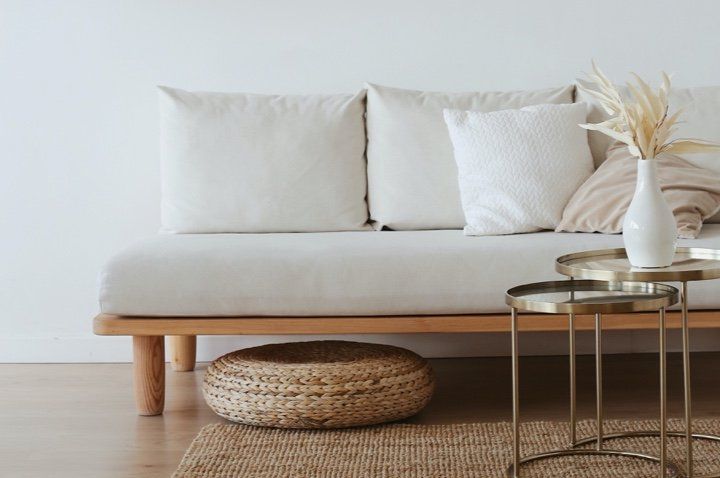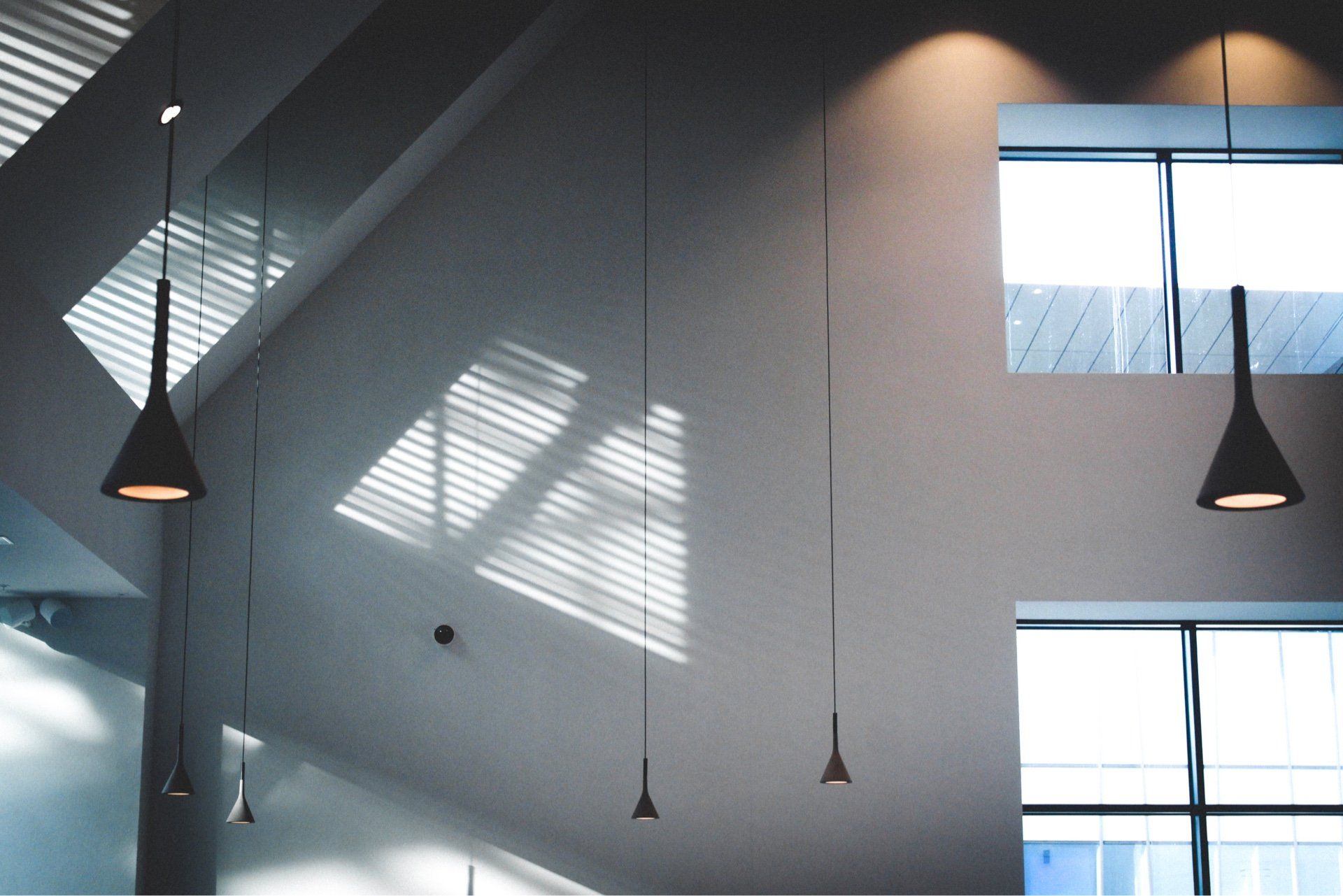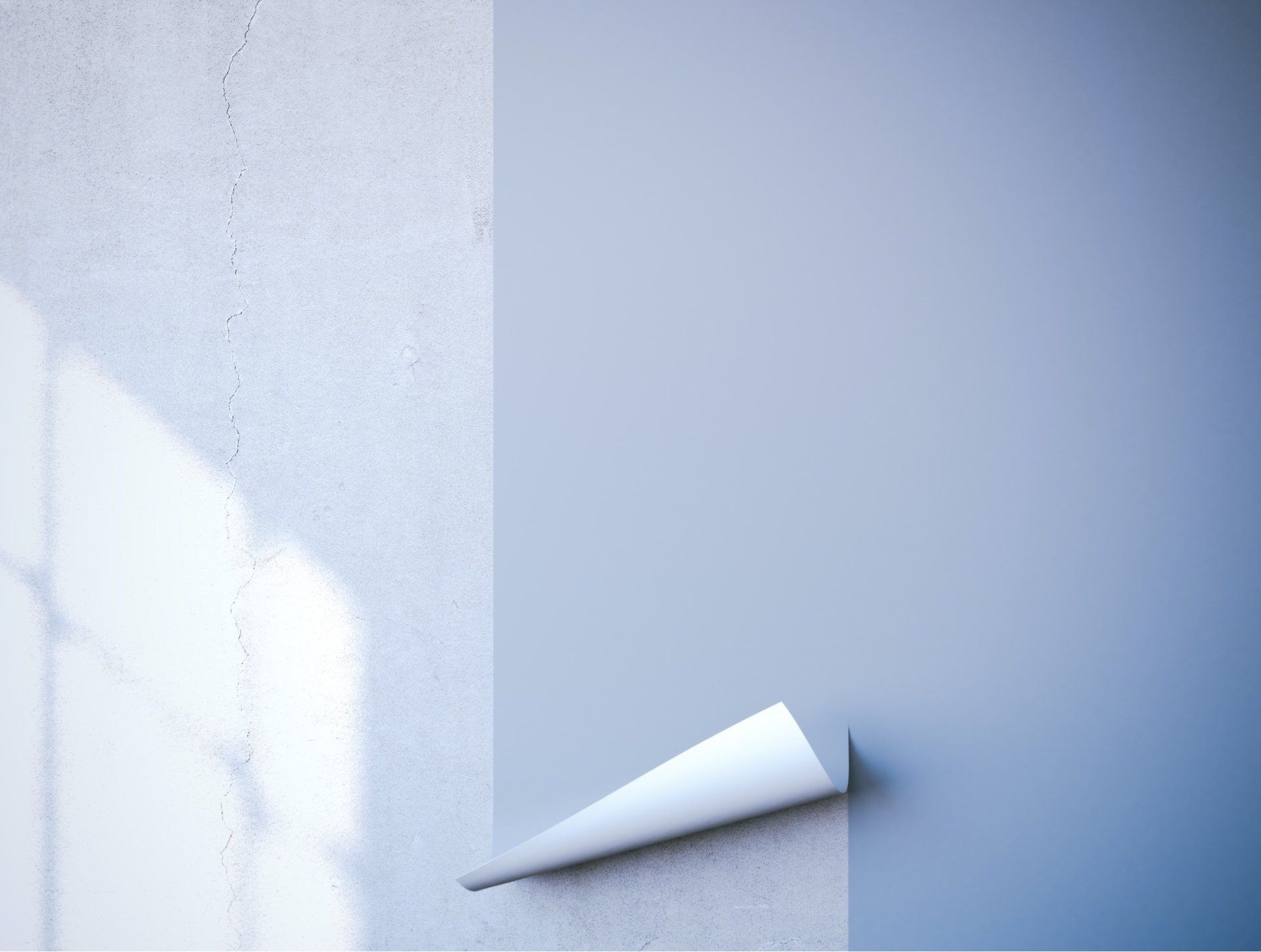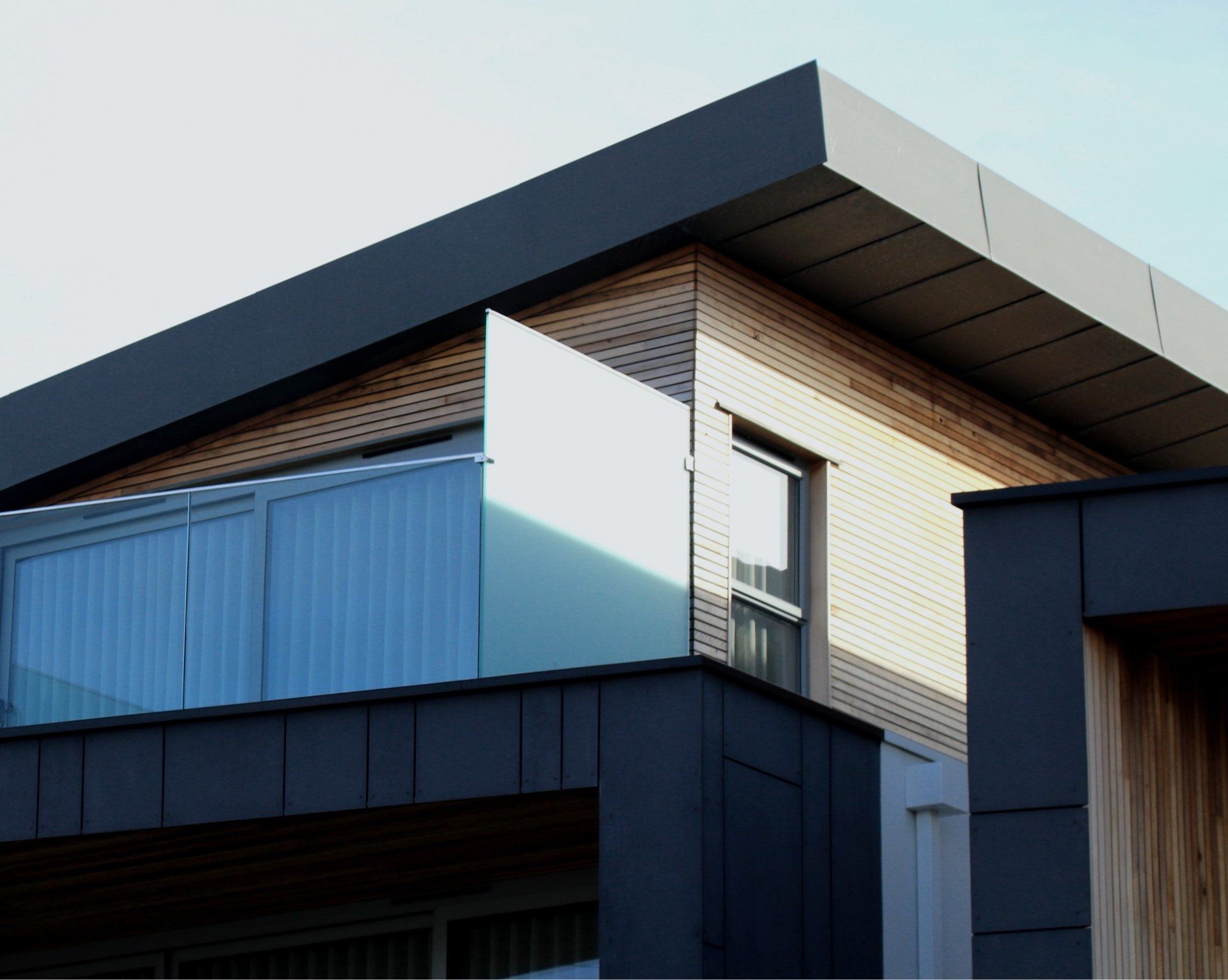So you've got the perfect paint color picked out, ready to breathe new life into your space. But before you grab that brush and roller, there's a crucial step often overlooked: prepping your walls. Proper wall preparation is the foundation for a flawless, long-lasting paint job. Fear not, DIY decorators! This guide will equip you with the knowledge and tools to transform your walls from lackluster to masterpiece-ready.
Gathering Your Arsenal
Before diving in, assemble your prep squad:
- Drop cloths: Protect your floors and furniture from paint splatters.
- Cleaning supplies: Rags, sponges, a bucket, and a sugar soap solution (for removing grime).
- Sandpaper: Fine-grit for smooth walls, medium-grit for textured surfaces.
- Putty knife and spackle: Fill any holes or cracks that might mar your finished product.
- Painter's tape: For creating clean lines around trim, windows, and doors.
The Art of Cleaning
Just like applying makeup requires a clean canvas, so does painting. Here's how to get your walls squeaky clean:
- Clear the Room: Remove furniture and wall hangings to create a clean work area.
- Embrace the Power of Suds: Wash the walls with a sugar soap solution to remove dust, dirt, and cobwebs. Rinse with clean water and let the walls dry completely.
Filling the Gaps: From Minor Imperfections to Major Makeovers
Small imperfections are inevitable, but they don't have to show through your paint job. Here's how to tackle those pesky holes and cracks:
- Inspect and Identify: Run your hand along the walls to detect any gaps or cracks.
- Apply, Spread, Smooth: Using a putty knife, apply spackle to fill the holes, smoothing the surface with a gentle touch. For larger cracks, apply multiple thin layers to prevent cracking later.
- Sanding is Your Friend: Once the spackle dries completely, use sandpaper to create a smooth, even surface that blends seamlessly with the wall.
Prime Time: The Foundation for Painting Success
Primer acts as a double agent: it creates a uniform surface for even paint application and helps the paint adhere better. Here's the lowdown:
- New Walls: Apply a coat of primer specifically designed for new drywall or plaster.
- Painted Walls: For repainting projects, use a primer suitable for the existing paint type (latex or oil-based).
- High-Gloss Surfaces: For walls with a glossy finish, scuff-sand lightly with medium-grit sandpaper to create better adhesion for the primer.
Conquering Corners and Edges: The Power of Painter's Tape
Painter's tape is your secret weapon for achieving crisp, clean lines around trim, windows, doors, and ceilings. Here's how to use it like a pro:
- Apply with Precision: Press the painter's tape firmly onto the clean, dry surface, following the edges you want to protect.
- Cover Every Nook and Cranny: For intricate corners, use a small paintbrush to gently press the tape into place for a flawless seal.
The Final Countdown: You're Ready to Paint!
With your walls prepped and primed, you're now the Michelangelo of your living room, ready to create your masterpiece. Take a deep breath, unleash your inner artist, and get ready to transform your space with a beautiful coat of paint!
Bonus Tip: Let the primer dry completely before painting. Following these simple steps will ensure a smooth, professional-looking paint job that you can be proud of. Now go forth and conquer those walls!








